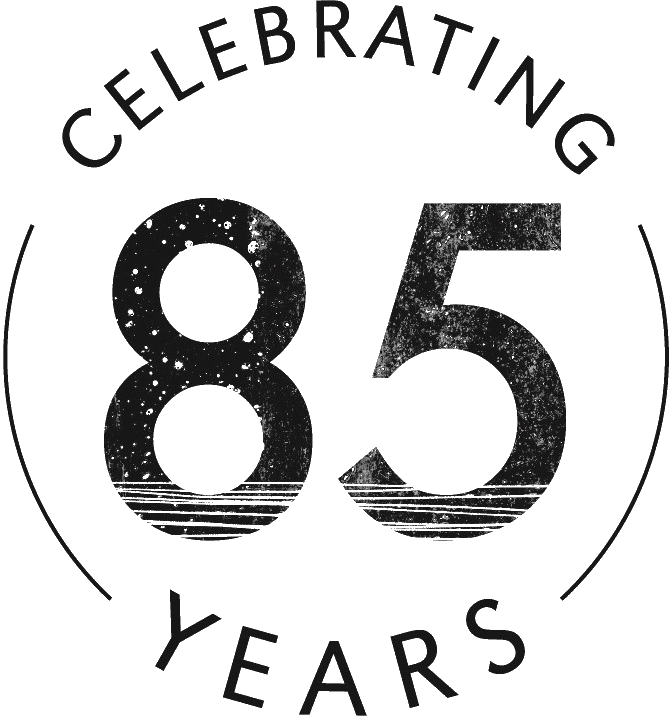Dame Laura Knight: 'A Dark Pool'
Few artists captured the vitality of early 20th-century Britain quite like Dame Laura Knight. Known for her luminous palette, bold compositions, and commitment to painting the world around her, Knight carved out a space for herself in a male-dominated art world, and in doing so, redefined what it meant to be a modern British artist.
Born in 1877 in Long Eaton, Derbyshire, Laura Knight was raised in modest circumstances. Her early life was shaped by hardship, but also by a strong sense of independence instilled by her mother, who encouraged her interest in art from a young age. At just 13, Knight entered Nottingham School of Art, where she met fellow artist Harold Knight, whom she later married.
The couple moved to the artist colony in the small fishing village of Newlyn in the early 1900s. There, Knight was inspired by the dramatic light of the Cornish coast, especially locations such as Lamorna, and the plein air traditions of the Newlyn School. These influences would remain central to her work, which often depicted people in natural settings, with sensitivity and realism.
“I used to stand painting in the sea until the tide came round me and I had to lift my easel and run.”
Dame Laura Knight
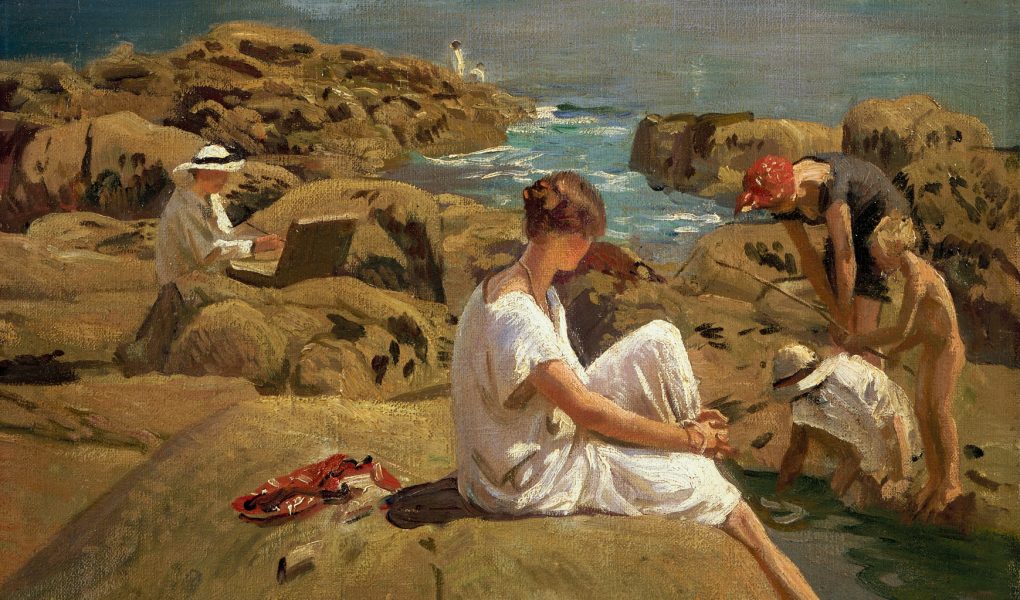
A Groundbreaking Career
In 1936, Laura Knight became the first woman to be elected as a full Royal Academician since the institution’s founding in 1768, a groundbreaking moment for women in British art. She was also made a Dame of the British Empire in 1929.
Knight’s work is notable not only for its technical mastery but for the breadth of its subject matter. She painted circus performers, ballet dancers, gypsies, and even war scenes during her time as an official war artist in World War II. Her work is filled with empathy, life, and attention to the overlooked corners of British society.
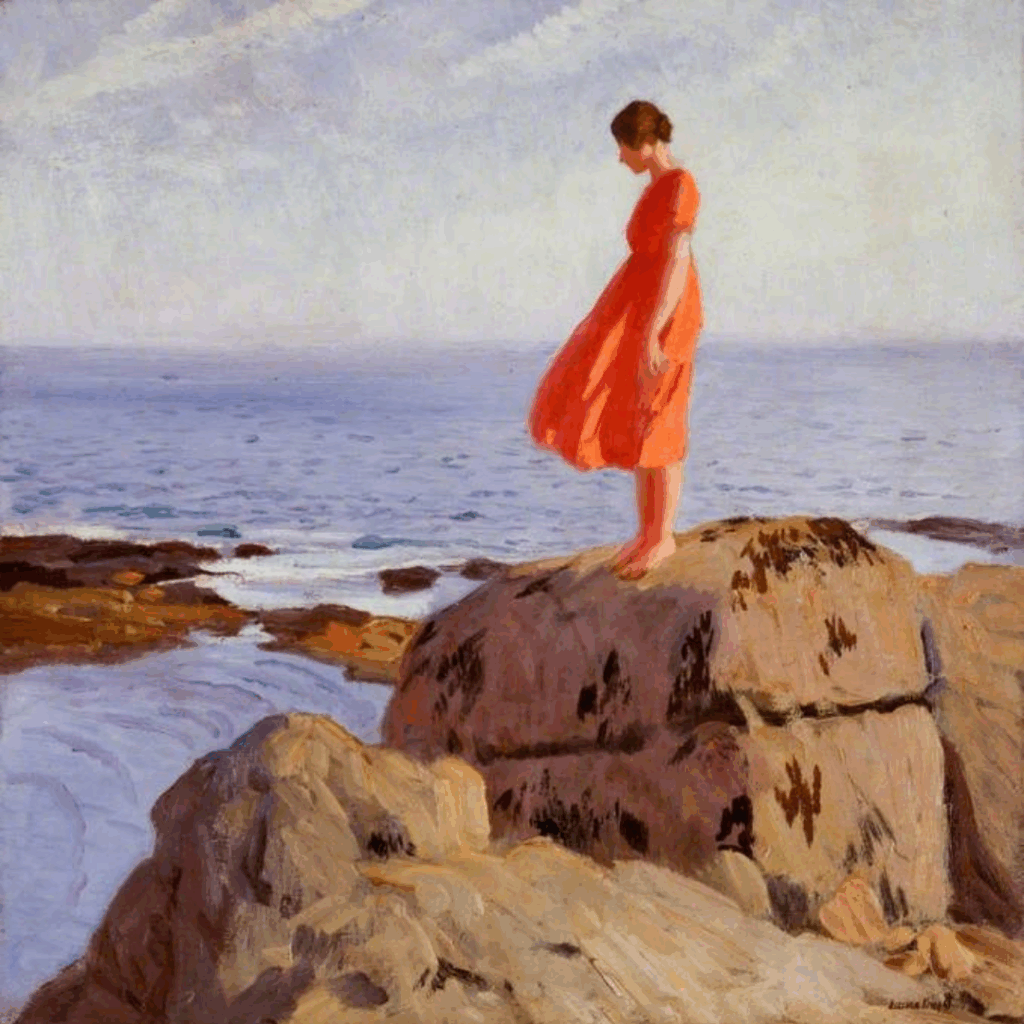
A Dark Pool: A Study in Stillness and Power
One of her most quietly powerful paintings, A Dark Pool (c.1908–1918), exemplifies many of the qualities that made Knight a singular voice in British art.
The painting shows a lone woman in a red dress standing at the edge of a rocky shoreline, looking out toward a moody, shifting sea. The woman’s figure is both grounded and contemplative, part of the landscape and yet emotionally distinct from it.
Knight’s use of colour is particularly striking, the deep blues and greens of the water contrast sharply with the red of the figure’s clothing, drawing our eye to the human presence within the natural scene.
Knight’s Legacy
Dame Laura Knight’s influence on British art is profound. She helped pave the way for future generations of women artists, not just through her success, but by championing subjects that were often overlooked or excluded from the traditional art scene.
A Dark Pool is a perfect example of her ability to blend technical brilliance with emotional insight. A quietly powerful, deeply felt painting, and unmistakably her own.
Coming soon
If you’re inspired by Laura Knight’s work and life, and of the painting ‘A Dark Pool’ in particular, take a look at our 2-part webinar: Figure on a Rock – Inspired by Laura Knight, taught by Gary Long.
This engaging figure drawing webinar is set in the landscape, reminiscent of that painted by Dame Laura Knight in the early 1900’s. Gary will guide you on how to capture the human form, light and atmosphere from the comfort of your own home.
22/5/2025
Share on
Related Stories
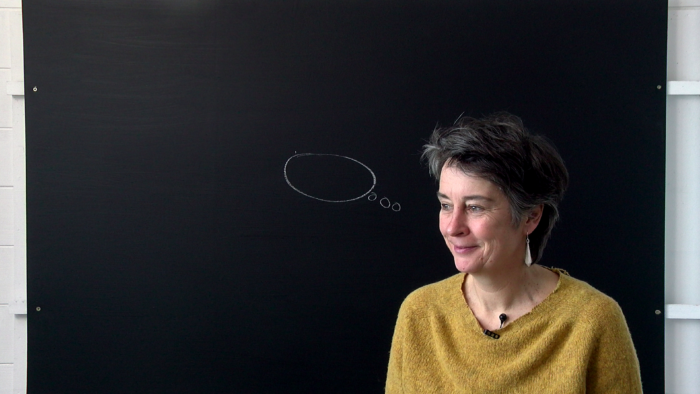
Thinking Allowed with Alice Mumford
We invited artist and St Ives School of Painting tutor, Alice Mumford, onto a free interactive webinar where she grappled with some of the key burning questions for artists. Is Competition Good for Creativity? Discussion led by Alice Mumford Picasso and Braque forged a relationship that was part intimate friendship, part rivalry. The two artists...
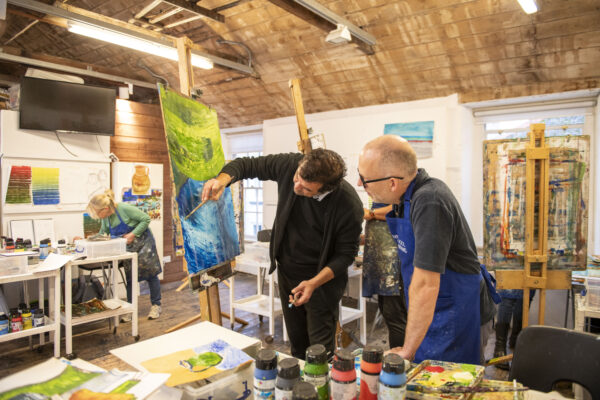
The Guardian - How I learned to paint in St Ives
In November 2024, we were joined by author and journalist, Wyl Meinmuir on our Discover Painting course led by Ilker Cinarel. From a novice painter’s perspective, he followed the course with a write up for readers of The Guardian, you can read more below! Written by Wyl Meinmuir A novice painter finds the artistic heritage...
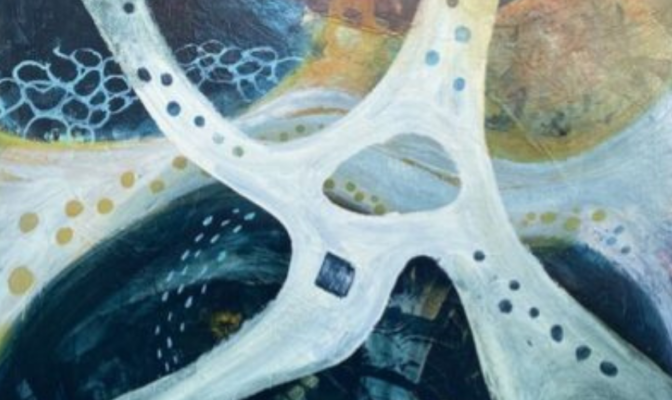
In conversation with Porthmeor Programme Alumnus, Gwynne Penny
We caught up with Porthmeor Programme alumnus Sue Watt to get an insight into life before, during and after the programme. Sue lets us in on her daily routine, her artistic inspiration and her upcoming show (at the time) at Penwith Gallery.
